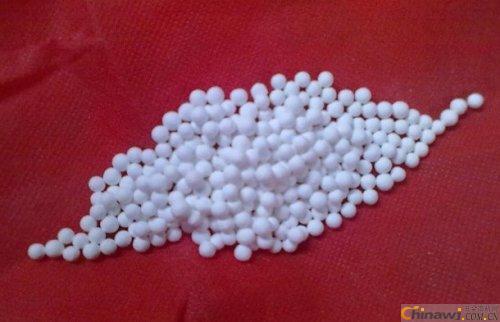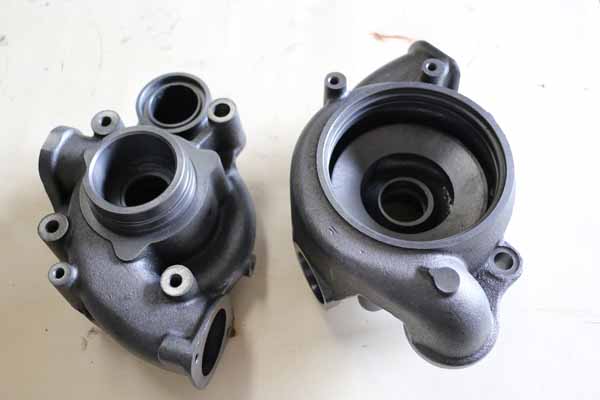Activated alumina is often referred to as being "desorbed" or "regenerated" in order to release the adsorbed substances from its surface, allowing the adsorbent to regain its ability to adsorb. This process is essential when the activated alumina becomes saturated and can no longer effectively capture contaminants like moisture, acetylene, or carbon dioxide.
Once the activated alumina comes into contact with these substances, it eventually reaches a state of dynamic equilibrium, where the rate of adsorption equals the rate of desorption. At this point, the adsorbent has reached its maximum capacity and is considered saturated. Although adsorption and desorption occur simultaneously, before saturation, more molecules are adsorbed than desorbed. When the material is fully saturated, it loses its effectiveness and must be regenerated.
Regeneration is essentially the reverse of the adsorption process. It involves using specific conditions—such as high temperature and low pressure—to encourage the desorption of the previously adsorbed materials. As the temperature increases, the kinetic energy of the molecules also rises, making it harder for the activated alumina to hold onto them. This causes the adsorbate to escape from the surface, restoring the adsorbent’s capacity.
The ideal regeneration temperature is one at which the adsorption capacity of the material drops to zero, known as complete regeneration. This ensures that all the absorbed substances are removed, allowing the activated alumina to be used again efficiently. In industrial applications, such as gas purification, activated alumina is commonly used to remove impurities like acetylene, propylene, and butane from air streams before switching the adsorber.
By properly regenerating activated alumina, industries can extend the lifespan of their adsorbents, reduce waste, and maintain efficient operation. Understanding the principles behind regeneration helps optimize the performance of adsorption systems in various applications.

Submission:

Water Pump Housing
Water pumps serve in a wide range of
applications such as pumping water
from wells, aquarium filtering, pond
filtering and aeration, in the car industry for water-cooling and fuel injection, in the energy industry for pumping oil and natural gas or for
operating cooling towers.
The water pump housings we supplied are
one of the key parts in the pump assembly.
We manufacture & sell more than 15,000
sets /year to all over the world.
We also supply fine machined Pump Accessories according to your requirement.

QFAP has specialize in producing pump
housings more than 5years.
Materials: Ductile iron, Grey
iron, Aluminum
Surface treatment: Painting,
Powder coating, only oiled
Main of our customers is from
German, USA, and CAN.
With the long terms of experience in the
pump industry, we could supply the pump housings or help to design the housings
according to your requirements.
Water Pump Housing,Water Pump Housing Leak,Water Pump Housing Gasket,Water Pump Housing Unit
SHAOXING QIFENG AUTO PARTS CO., LTD. , https://www.sxqfap.com
 Submission:
Submission: 
